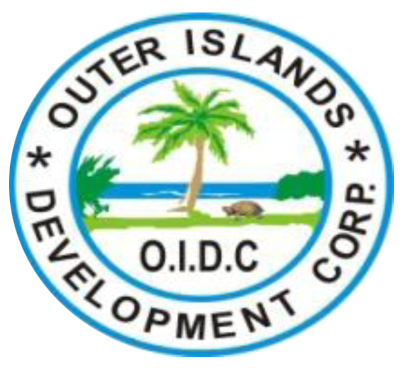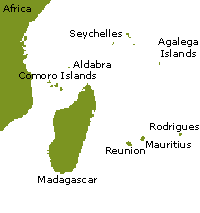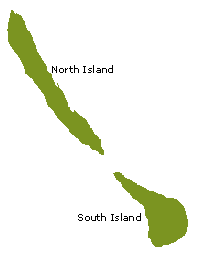The twin islands of Agalega may have been known to the Malays and to the Arabs. They may also have been perceived by the Portuguese, those indefatigable sailors who scoured the Indian Ocean in the XVIth century. It may equally be true that, when in 1512 Don Pedro de Masceranhas visited the already known Archipelago of Mauritius and Bourbon and called them by the collective name of the Mascarenes, he also gave the names of Agalega and Ste. Marie (off the East coast of Madagascar) in honour of two of his ships, “Le Galega” and “Santa Maria”.
Be that as it may, a school of thought now accepts that the islands were discovered and baptised in 1501 by Juan de Nova, who was a Galician in the employ of the Portuguese and who was nicknamed ‘Jean Gallego’ by his sailors.
An extract from Les Nouvelles Annales de Voyage (Tome 38, page 88) reads :
“L’Ile Galega , avec l’article A’Galega (La Galicienne), porte ce nom parce qu’elle fut decouverte en 1501 par Juan de Nova, galicien, au service du Portugal, qui commandait une flotte destinee pour les Indes. En revenant en Europe, ce meme navigateur decouvrit les iles de l’Ascension et Sainte Helene’. Sir Robert Scott, in his “Lumuria”, however argues that Agalega was discovered in 1509 and was named Baixas da Gale or Galeass Bank because when Diego Lopos de Seqaiera came alongside the islands he jocularly told his pilots that a “galeass” had foundered there joining itself to the banks and thus making them so long”. Subsequent maps published showed Agalega as Gale, Galera, Galega and finally Agalega”.


